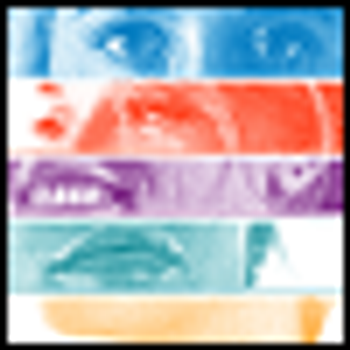
Medication side effects of weight gain and increased appetite, together with non-adherence often found in persons with schizophrenia, bipolar disorder, and other serious mental illnesses, have challenged clinicians in the past.

Medication side effects of weight gain and increased appetite, together with non-adherence often found in persons with schizophrenia, bipolar disorder, and other serious mental illnesses, have challenged clinicians in the past.

While the diagnostic categories of DSM-III and DSM-IV (and soon DSM-5) have provided the basis for much useful research, little has been written about how much of DSM-and how much “evidence-based medicine”-is built on a foundation of fantasy.

Historically, there has been conflict between psychiatry and religion.

Preliminary evidence shows that dialectical behavior therapy may be beneficial in treating patients with bipolar disorder.

Overdiagnosis of bipolar disorder is an increasing concern, particularly since a widely cited study that indicates a problem with overdiagnosis as well as with the much less publicized parallel finding of 30% underdiagnosis.

Shakespeare's understanding of the human condition miraculously transcends his culture, time, and place.

A recent symposium brought together some of the nation’s leading experts to talk about promising advances in psychiatry and to address areas where progress has faltered.

According to the CDC's latest published report, there were 38,364 suicides in the US in 2010-an average of 105 each day. Globally, an estimated 1 million suicides occur annually.

Both positive and negative symptoms of schizophrenia combined with those of a mood disorder led to a psychiatric diagnosis; later, a neurological diagnosis of anti–NMDA receptor autoimmune encephalitis was made.

In line with adolescents' interest in interactive video games, a computerized cognitive-behavioral therapy intervention that is an interactive fantasy game for depressed adolescents has been developed.

A list of recent articles highlighting the complexity of psychiatric and systemic illness, both in terms of overlapping clinical presentation and in the degrees to which systemic illness and psychiatric illness affect each other.

The goal of this article is to improve recognition of comorbid psychiatric and movement disorders and to help the reader formulate a management strategy using a multidisciplinary approach.

People who weren't getting out of bed are getting up and doing productive things. They are re-engaging with their families, and they are focusing on things they want to accomplish before they die.

Borderline personality disorder typically coexists with depression, anxiety, and substance abuse. Symptoms of these conditions may lead the clinician to miss the diagnosis of personality disorder entirely. Careful diagnosis of BPD and comorbid disorders is the first step.

This article reviews the recent knowledge about glutamate in different psychiatric conditions based on research published in the past year.

While challenges in treating mania persist, the future discovery of novel therapeutic agents will likely expand our understanding of this devastating illness and provide key insights into future drug development.

The evolution of deep brain stimulation for various neuropsychiatric disorders results from advances in structural and functional brain imaging, increased understanding of neurocircuitry of the brain, and improvements in neurosurgical techniques and equipment.

While this article highlights some of the modern-era risks to confidentiality that psychiatrists may experience, it does not constitute an exhaustive list of issues to consider and is not a substitute for legal advice.

The changes in the newly approved DSM-5 loosen diagnosis and threaten to turn our current diagnostic inflation into diagnostic hyperinflation.

Although a romantic comedy, Silver Linings Playbook does not romanticize mental illness for the patient or for the family. What the film does display though is that a life with mental illness effectively treated can be filled with meaning, happiness, and love.

Medical colleagues routinely monitor patients with sphygmomanometers, peak flow meters, and glucometers. Similarly, psychiatrists can and should incorporate the use of screening tools to help with diagnosis and treatment management.

The DSM-5 leadership is trying to put a brave face on its badly failed first stage of field testing and has offered no excuse or explanation for canceling its second and most crucial quality control stage. This field testing fiasco erases whatever was left of the credibility of DSM-5 and APA.

Treating bipolar disorder in women has unique concerns. For example, contraceptive use can decrease the level of mood stabilizers and alter their effectiveness.

Despite the high prevalence of depression among youths, there are empirically supported treatments that have been shown to reduce depressogenic symptoms, including the 3 therapies outlined in this article.

This essay begins an ongoing series on bipolar disorder focused on clinical utility.